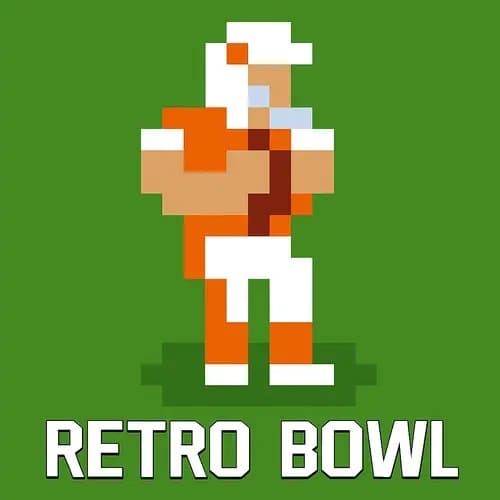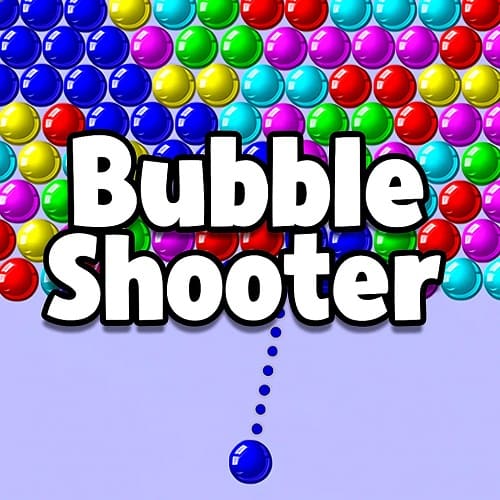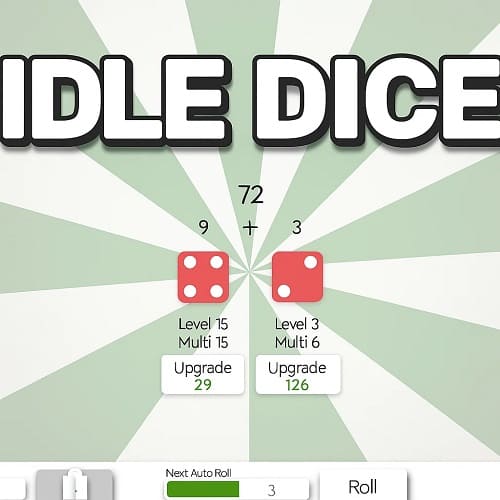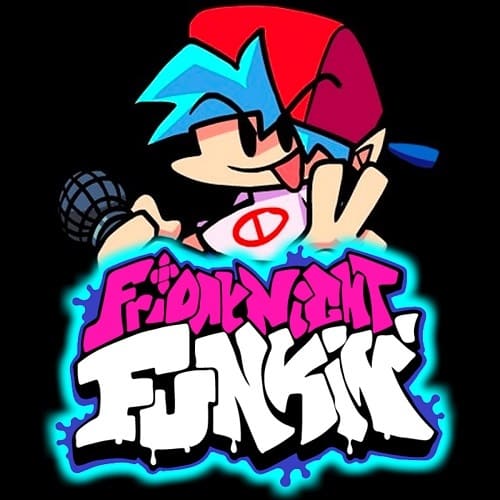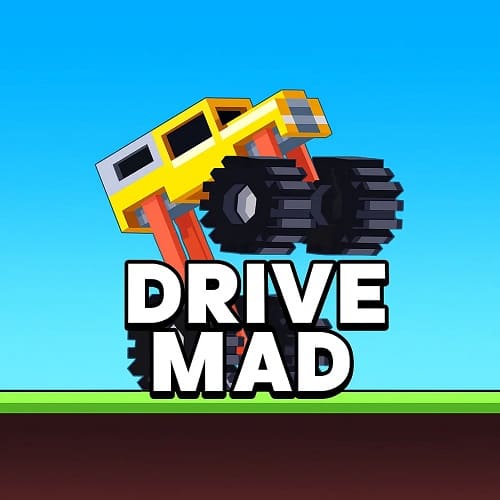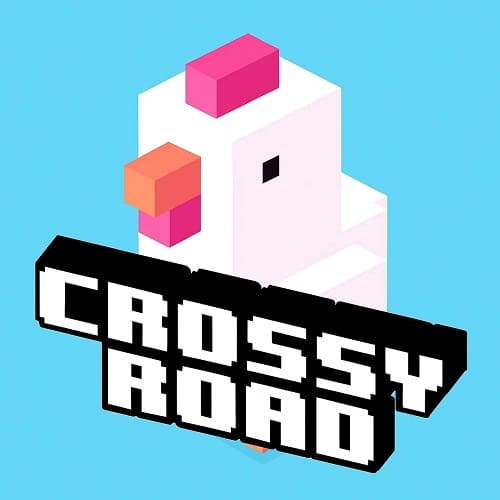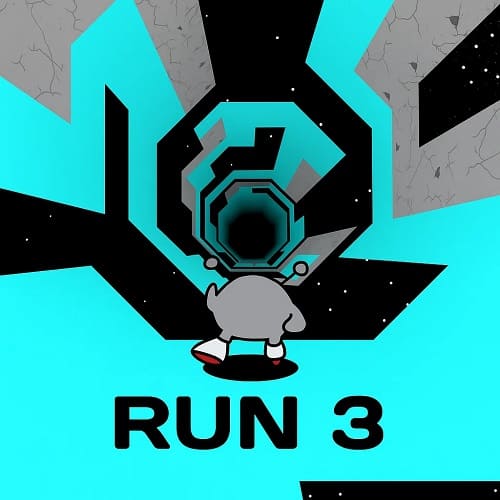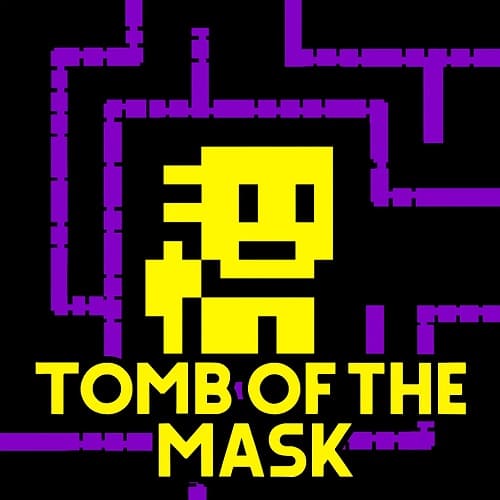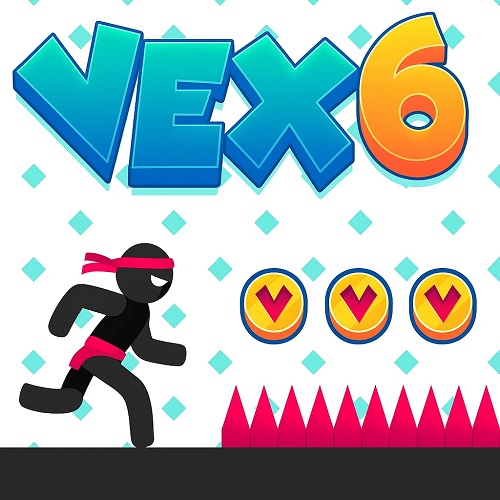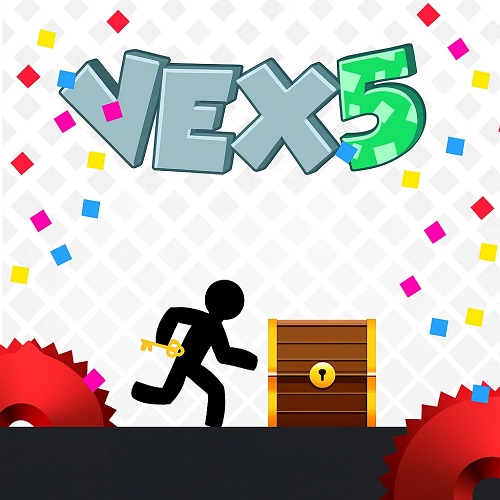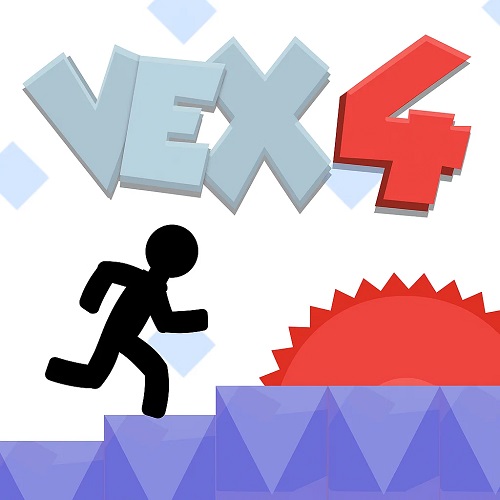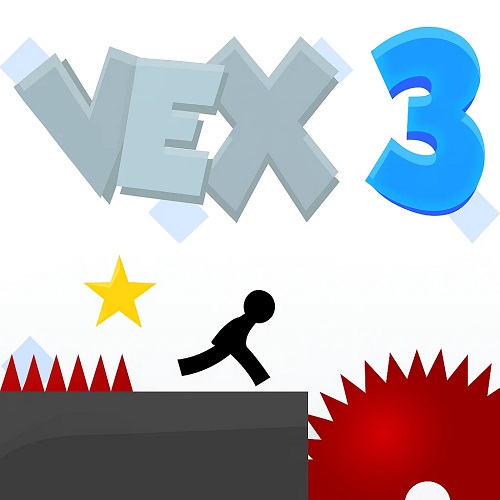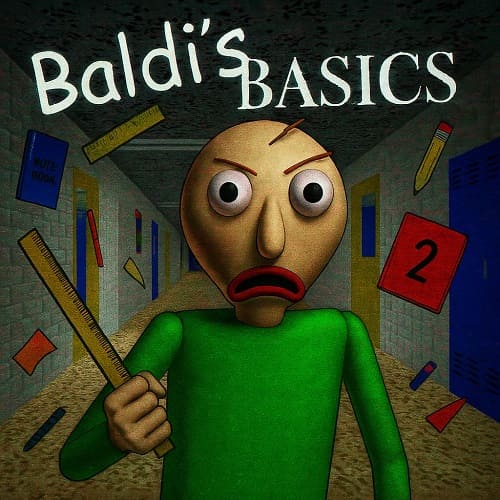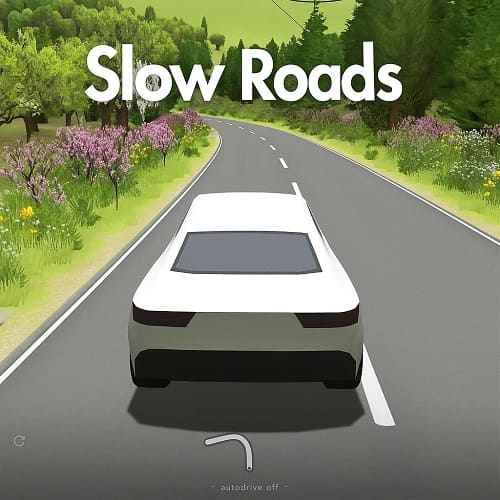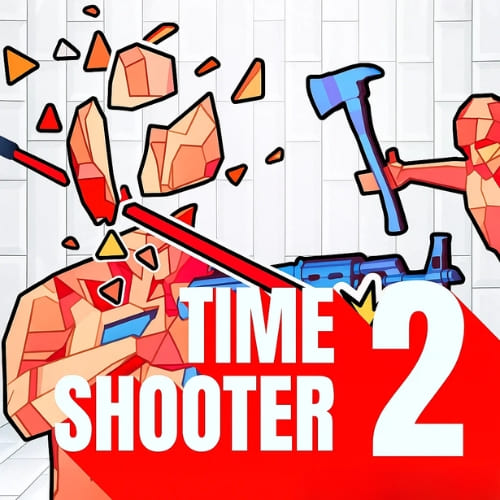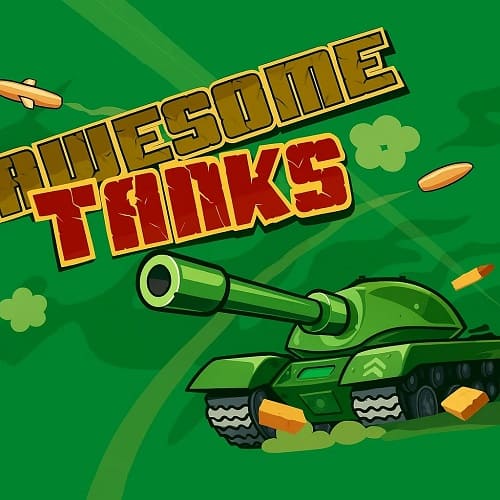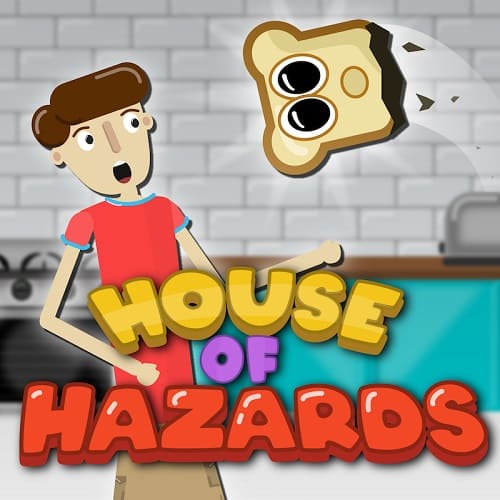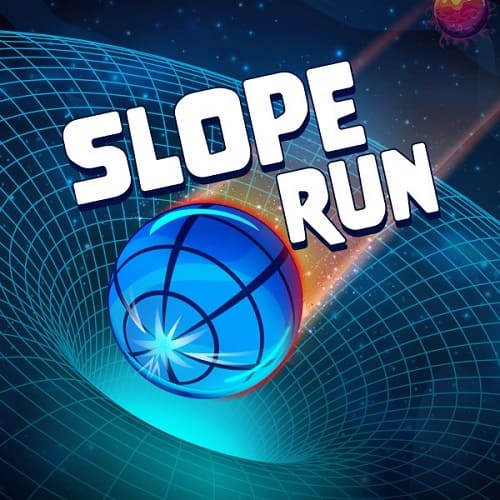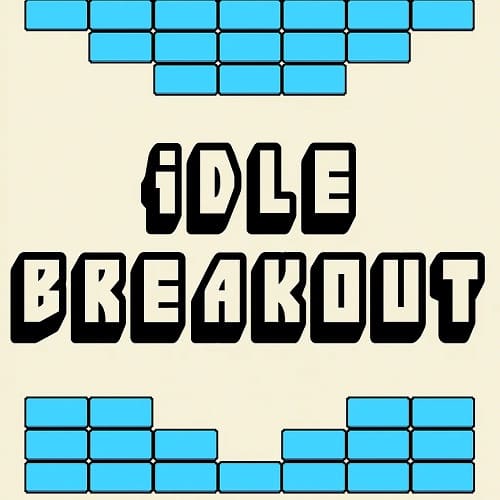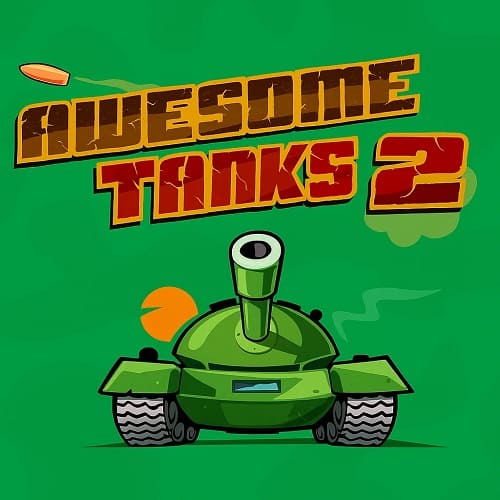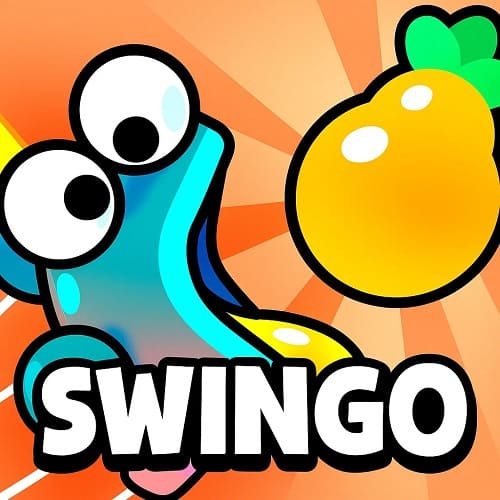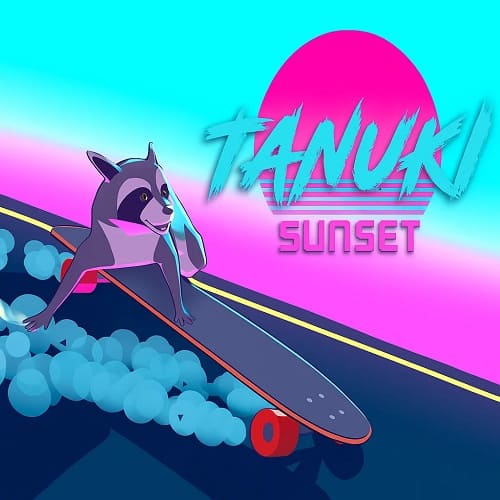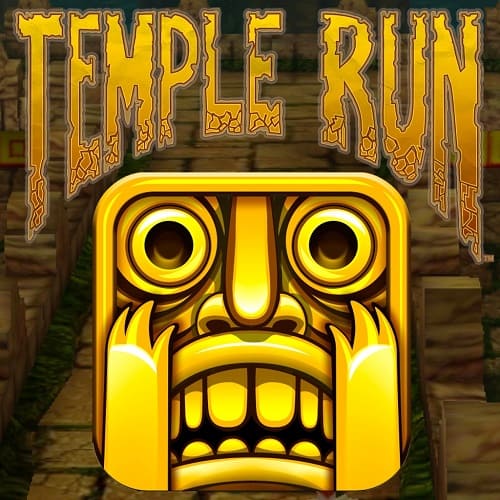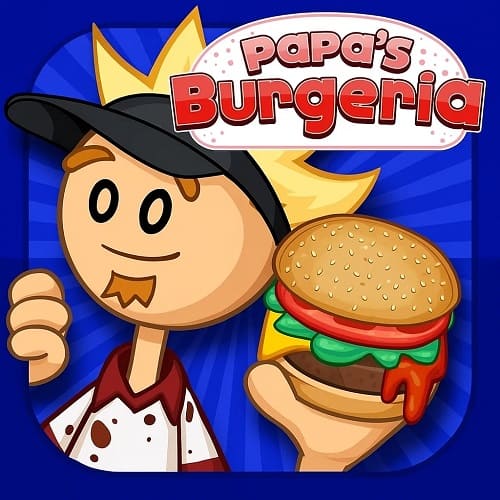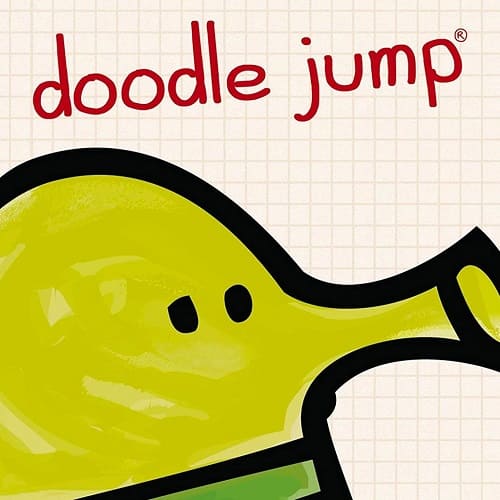
Play on your phone or tablet by scanning this QR code!
- Mobile: Tilt your device left or right to move, tap the screen to shoot
- Desktop: Use left and right arrow keys to move, spacebar or up arrow to shoot

Doodle Jump Unblocked
Doodle Jump is a timeless endless platformer developed by Lima Sky, featuring the quirky four-legged creature known as The Doodler. First released in March 2009 on mobile devices, it’s now available unblocked via browser on Games76EZ — fully Chromebook-compatible and free to play, with no download required.
Your mission? Jump as high as possible by landing safely on platforms, using your reflexes and coordination to avoid obstacles like monsters, black holes, and broken platforms. Navigate the wraparound screen left and right, and shoot incoming threats, such as UFOs or aliens, using your mouse or the spacebar.
Grab powerful boosters, such as propeller hats, jetpacks, trampolines, and springs, to launch The Doodler even further upward. As you ascend, the difficulty increases — platforms move, gaps widen, and hazards get trickier. One fall, and it’s game over.
With its charming hand-drawn graphics, fast-paced rhythm, and global legacy as one of the App Store’s top-selling games, Doodle Jump remains one of the most beloved vertical arcade games ever made.
Mental Benefits & Learning Value
Doodle Jump builds spatial awareness, quick reaction speed, and strategic timing. On Games76EZ, it’s a fast, fun brain workout — completely free and school-safe.
Controls
- Arrow keys / Tilt device = Move
- Mouse / Spacebar = Shoot
Developer
Doodle Jump was created by Igor and Marko Pušenjak at Lima Sky, now optimized for web via Games76EZ.

